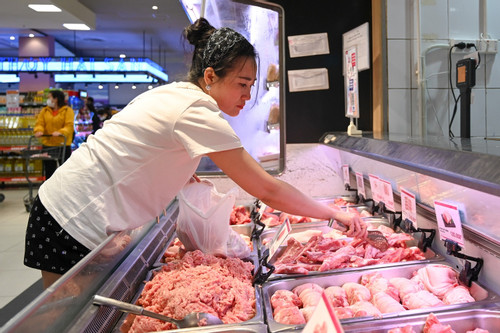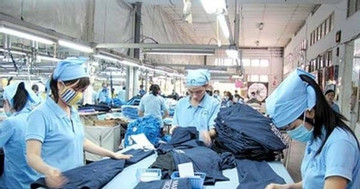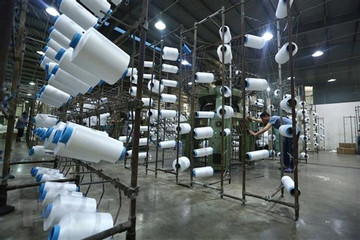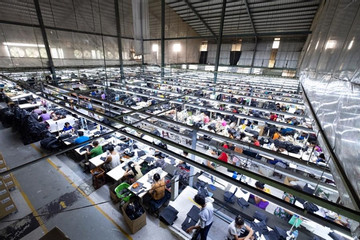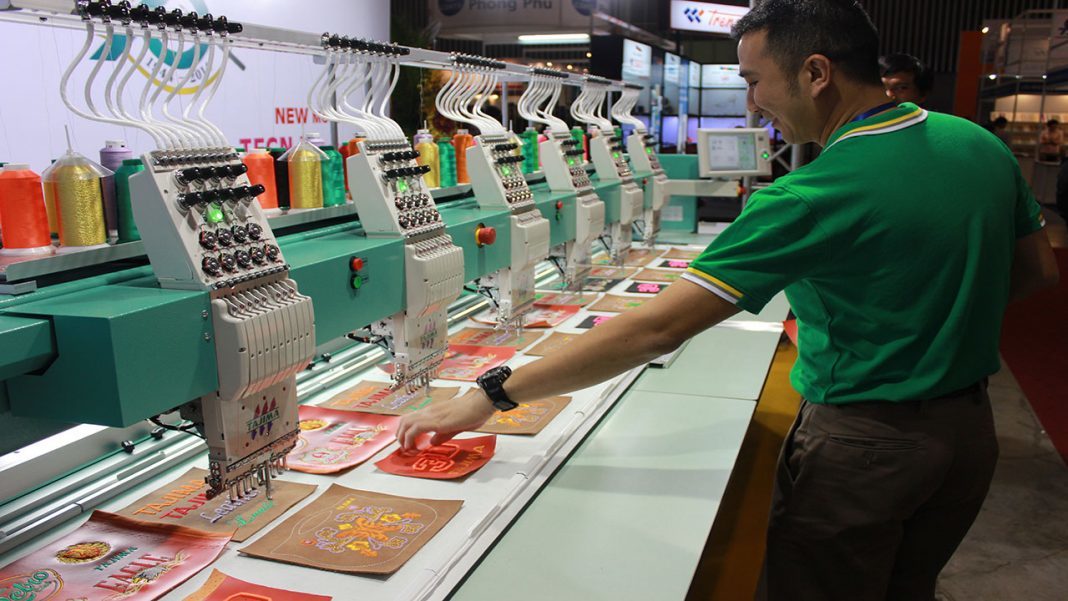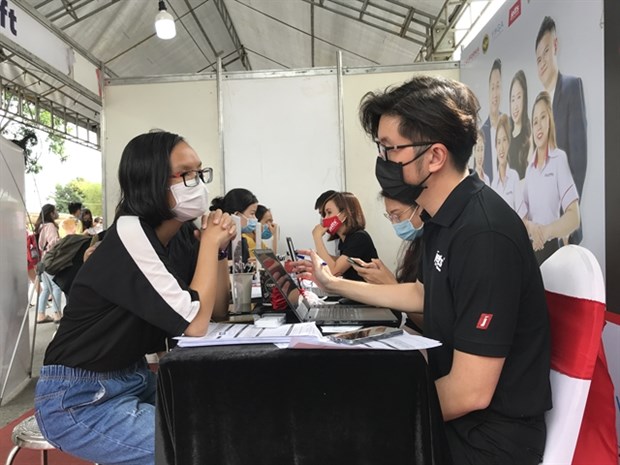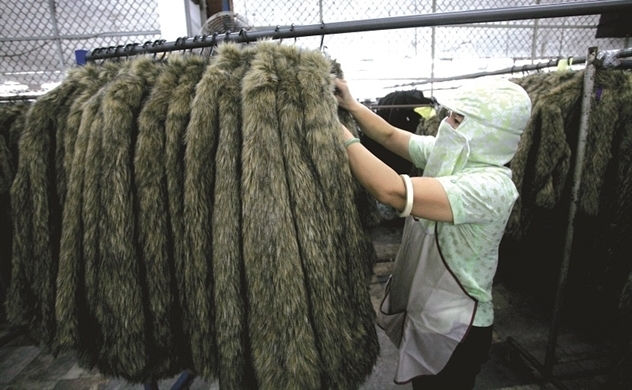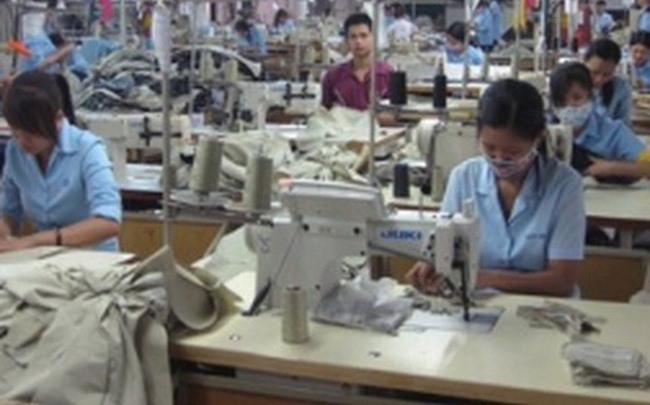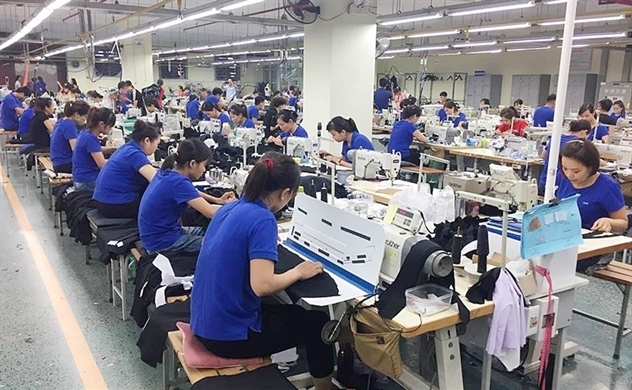- © Copyright of Vietnamnet Global.
- Tel: 024 3772 7988 Fax: (024) 37722734
- Email: evnn@vietnamnet.vn
textile and garment
Update news textile and garment
Vietnam exports high volume of products, but pockets low amount of money
Experts have warned that without thorough preparation for global integration, Vietnam will turn into a playing field for imports from all over the world.
Vietnam to rise to third largest exporter of clothing in world
The Ministry of Industry and Trade confirmed that Vietnam will rise to the third largest export of clothing in the world at the conference to connect the supply and demand of raw materials for Vietnam's textile and garment industry.
Vietnam becomes world’s sixth largest fibre, yarn exporter
Vietnam has surpassed the Republic of Korea to become the world’s sixth largest fibre and yarn exporter after shipping abroad 2.37 billion USD worth of these items in the first five months of 2022.
Low foreign demand to hold back Vietnamese textiles
Although textile export was riding high in the first half of the year with a growth of 23 per cent, insiders are pessimistic that the rest of 2022 will match up.
Textile and garment industry under “green” pressure
If local manufacturers do not afford changes in line with sustainable and greener production, better energy conservation and higher responsibility to the environment, global clothing brands may no longer place orders to the former.
Textile and garment sector could earn more if it made more local materials
Fabric and input materials remain the weakness of Vietnam’s textile and apparel industry.
Businesses say they need standard anti-pandemic process to organize production
Enterprises say they need a standard anti-pandemic process for specific cases to organize production and ensure uninterrupted supply chains.
Apparel sector faces supply chain disruption
Stagnant business and production activities as a result of the impact of Covid-19, increased pressure over delivery to partners, and high transport costs are threatening the supply chains of the apparel sector.
Vietnam sees decline in textile orders
With many local textile-garment makers unable to confirm when they can resume operations, many of their foreign business partners are switching orders from Vietnam to other countries.
Recruitment demand soars in textile & garment, IT sectors
The effectiveness of free trade agreements, especially the EU– Vietnam Free Trade Agreement, has helped to increase export orders for textile and garment enterprises in Vietnam,
Vietnam’s textile and apparel industry may recover in 2H 2022
Vietnamese textile and garment enterprises have received orders for the end of April 2021.
Textile companies hope for better days ahead
Textile and garment companies have made big strides in the industry for the past decade, but 2020 was a challenge.
EVFTA offers opportunities to Vietnam to diversify markets
 Analysts say that Vietnam will be able to ease reliance on some trade partners because of the EVFTA.
Analysts say that Vietnam will be able to ease reliance on some trade partners because of the EVFTA.
Is the $42 billion garment export target out of reach?
 The input material supply from China ha resumed, but some American and European buyers have asked to delay deliveries for the orders they had previously placed.
The input material supply from China ha resumed, but some American and European buyers have asked to delay deliveries for the orders they had previously placed.
More foreign fashion brands come to Vietnam
 Following Zara and H&M, Uniqlo has arrived in Hanoi following its earlier opening in HCM City.
Following Zara and H&M, Uniqlo has arrived in Hanoi following its earlier opening in HCM City.
VN textile and garment shares lose appeal
 Textile and garment companies are facing double problem: they find it difficult to import input materials and cannot export their goods.
Textile and garment companies are facing double problem: they find it difficult to import input materials and cannot export their goods.
VN autos, textiles and garments, wooden furniture businesses suffer during Covid-19
 The number of garment orders for the next two months has decreased by 70 percent, while wooden furniture enterprises have cut capacity by 70 percent for next week. Automobile manufacturers have closed factories.
The number of garment orders for the next two months has decreased by 70 percent, while wooden furniture enterprises have cut capacity by 70 percent for next week. Automobile manufacturers have closed factories.
Two textile and garment companies to benefit the most from EVFTA
 TNG Investment and Trading JSC (TNG) and Thanh Cong Textile Garment Investment JSC (TCM) are expected to benefit the most from the EU-Vietnam FTA (EVFTA), according to Bao Viet Securities.
TNG Investment and Trading JSC (TNG) and Thanh Cong Textile Garment Investment JSC (TCM) are expected to benefit the most from the EU-Vietnam FTA (EVFTA), according to Bao Viet Securities.
Material supply from China resumes, VN textile-garment companies sigh with relief
 In mid-March, when Chinese factories began resuming operation, material supplies to Vietnamese textile and garment enterprises were restored.
In mid-March, when Chinese factories began resuming operation, material supplies to Vietnamese textile and garment enterprises were restored.
Rules of origin pose questions for sectors jostling for position
 Although the free trade agreement between the EU and Vietnam will offer great opportunities for wood investors and exporters, its rules of origin may not provide a big boon to local textile and garment businesses.
Although the free trade agreement between the EU and Vietnam will offer great opportunities for wood investors and exporters, its rules of origin may not provide a big boon to local textile and garment businesses.
